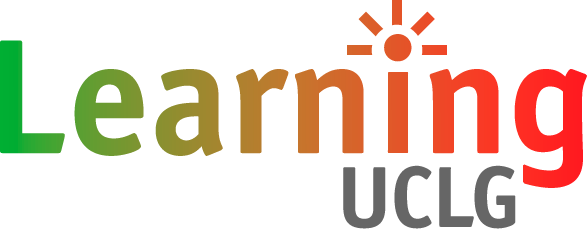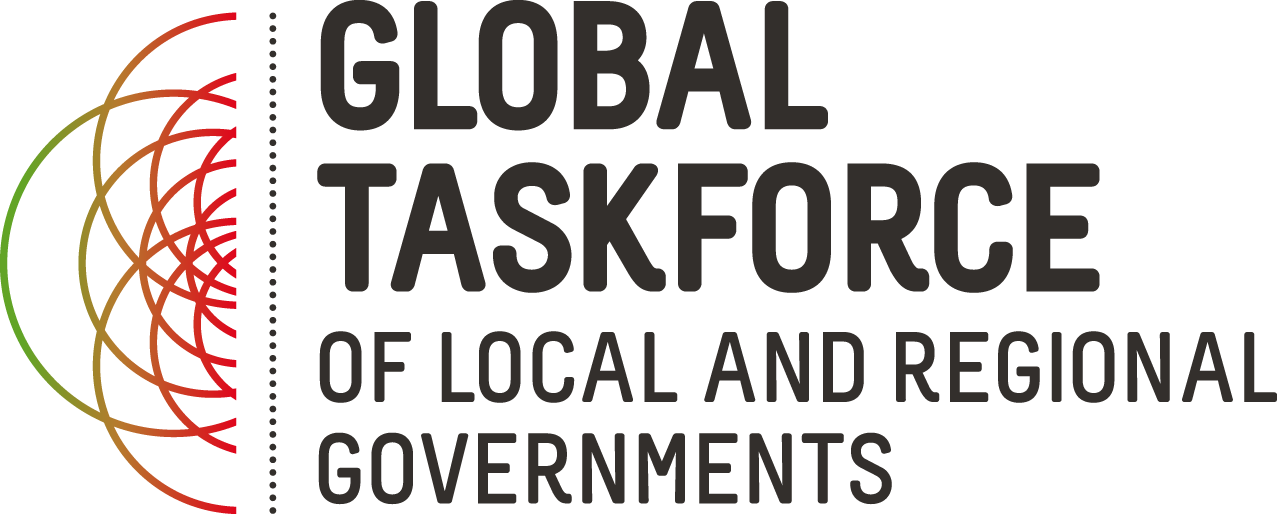
Shutterstock

By Felix Dodds, Felix Dodds is a special adviser to the Communitas Coalition for Sustainable Cities and Regions in the New U. N. Development Agenda.
Municipal financing offers long-term opportunities to implement the new Sustainable Development Goals. But international negotiations, even in their final stages, have yet to recognize this.
We are at last in the final stretch of a number of processes that will define how we approach the key challenges of the 21st century, one of which is the world’s increasingly fast urbanization.
It has been a long road from the governmental expert meeting that took place in Solo, Indonesia, in July 2011. That was when Colombia and Guatemala first proposed that the outcome of Rio+20 — the major U. N. conference that would take place in 2012 — should be a set of Sustainable Development Goals (SDGs).
These would replace the Millennium Development Goals (MDGs), the collective development strategy set to expire this year. Unlike the MDGs, these new goals will apply not solely to developing countries but rather to all countries; likewise, they will deal not merely with development but with sustainable development.
Although much of the media presented Rio+20 as a failure, it has become increasingly clear that the conference played a critical role in processes that are continuing today. Indeed, important parallels can be drawn with a landmark report put out by a U. N.-mandated body known as the Brundtland Commission (1987), which offered one of the first high-level discussions of the need for sustainable development. That report, known as “Our Common Future”, led directly to the original Rio conference, the Earth Summit, in 1992.
Rio+20 also set in motion a number of processes that are now converging in September, when the SDGs will be officially adopted. The SDGs process is mostly ready to go, having largely agreed on 17 goals and 169 related targets. Although some of those targets still need dates assigned to them, the vast majority are simply waiting to be formally agreed. For the September summit itself, the only outstanding issue is the declaration that will be put out by heads of state and government.
In addition, a separate process on technical indicators for each of the 169 targets has just begun. This will finish in March 2016 with a framework, a set of global indicators as well as a compendium of national, subnational and regional indicators.
In March of this year, the United Nations also agreed to set up a Global Forum on Sustainable Development Data. This body will meet every two years and will offer an increasingly important space in which to discuss the state of the data being collected. This work should also include a section on urban development.
Subnational role
Yet there is a second area of the new development agenda that still needs to be figured out: how the new goals and targets should be funded. This remains a major consideration.
The Rio+20 conference did establish a body for this aim, known as the Intergovernmental Committee of Experts on Sustainable Development Finance (ICESDF). It was here that the initial work was done to jumpstart a parallel process known as Financing for Development. This is now the context in which the international community is to decide on a framework for paying for the new development agenda — an enormous set of concerns that is set to be finalized at a conference in July in Addis Ababa.
“Mere weeks before the Financing for Development process is set to conclude, it doesn’t look as hopeful as it could have been. The current text does not affirm the importance of robust urban financing, particularly the role that municipal financing can play in implementing the SDGs.”
The Financing for Development process has also been a key focus for those of us who have been strong (and successful) advocates for an urban SDG — Goal 11, aimed at “making cities and human settlements inclusive, safe, resilient and sustainable”. It is important now to ensure that the financing negotiations currently underway provide a framework for funding this goal.
Mere weeks before this process is set to conclude, however, it doesn’t look as hopeful as it could have been. The current text does not affirm the importance of robust urban financing, particularly the role that municipal financing can play in implementing the SDGs.
It is clear that it will take not billions but trillions of dollars to implement the SDGs across the world. A considerable part of these funds will come from both the private sector and domestic mobilization, where local and subnational governments can and will play a significant role. What would have been ideal, however, would have been a section of the Financing for Development text that specifically addressed this role. Currently, however, this does not exist.
What should such a section have included? For my part, I would like to see far clearer references, and enabling paragraphs, on the use of local “green bonds” and what are collectively referred to as land-based financing. This latter mechanism includes a broad variety of approaches to financing urban development by tapping into the value of publically held lands.
To achieve these aims in many countries there will need to be a new or amended legal and institutional framework. Such a process should also support the establishment of public-private and public-public partnerships to help deliver the SDGs.
Many partnerships associated with the implementation of global agreements have received bad press. Still, those that have worked have shared a number of key elements that need to be built into the Financing for Development process from the beginning. These include effective reporting mechanisms, transparency and accountability for any partnership developed to help deliver the SDGs.
A new foundation
Financing for Development could still play a role in signalling that national governments need to create the legal framework to enable cities access the capital markets. There are trillions of dollars available in the capital markets, dwarfing the USD 200 billion offered each year through formal overseas development assistance from donor governments.
Capital markets today typically support short-term, unsustainable uses of that money. Nonetheless, there is an opportunity to transform these to support the SDGs and the New Urban Agenda, the intended outcome from next year’s Habitat III conference on cities.
Such a major transformation is certainly not going to be achieved in the next year, or even by Habitat III. Nonetheless, it is important to begin laying the foundations for such change. The relevant language in the current Financing for Development draft could be expanded at Habitat III, for instance, and the tools developed to enable these changes to happen post-2016.
Aviva, one of the largest general insurers and a leading pensions provider, has defined the challenge this way: “Adopting the conventional definition of sustainable development for the finance sector, we are seeking to promote: capital markets that finance development that meets the need of the present, without compromising the ability of future generations to meet their own needs.”
Investors and insurers want to see financial stability, as do other potential partners for work that could bring together the capital markets and the New Urban Agenda. Municipal financing in particular offers long-term opportunities and will be part of the financial structure to implement the SDGs over the coming 15 years. Let’s hope Financing for Development recognizes this.
Source: Citiscope










